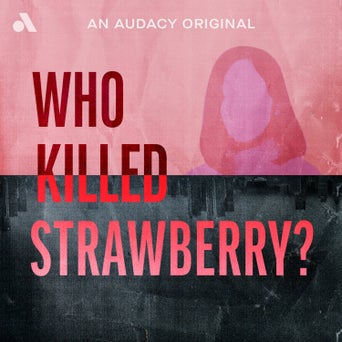Season 6 of ‘Slow Burn’ looks at how Rodney King’s beating and the 1992 LA Riots are still playing out today

From the studio that brought you stories about the Iraq War as we see it now, the disturbing rise to power of David Duke, and the murder of Tupac and Biggie Smalls comes their newest season about a consequential turning point in America. “Slow Burn’s” sixth season is covering the beating of Rodney King and the ensuing civil disturbance that was the largest in American history. Not only are they looking at how it reflected American society of the 1990s, but how the story continues to play out today.
In Slate’s “Slow Burn” Season 6, Joel Anderson explores just what happened after King was beaten in an LA street shortly after midnight. Exploring the people and events behind not only the violence against King, but also the jury who failed to convict the four police officers, the people who protested in the streets of Los Angeles, and the players still seeing the story unfold in 2021.
We know the story: on March 2nd, 1991, four white police officers struck King 56 times with batons before arresting him, and subsequently sending him to the hospital. But what those officers didn’t know was that across the street, on his second-story balcony, George Holliday was recording the scene on his new video camera. It was after midnight, and he was woken by sirens and low-flying helicopters as King’s car came to a stop in the quiet neighborhood in the San Fernando Valley.
“Slow Burn” recorded one of the last interviews with Holliday; he passed away from complications with COVID-19 in September of 2021. In it, you’ll hear him tell the story of what he saw, eventually giving the tape over to an LA news station, where quickly an entire nation would see the slightly blurry video of the police beating an unarmed Black man. In his time with “Slow Burn,” he recalls what happened after the tape ended, from the few minutes after the beating to the subsequent days of reporters flooding his street to get an interview with him.
Along with archived interviews and news reports, “Slow Burn” is looking at how the ripple effect of those four police officers’ beating has not died out. Anderson speaks with Rodney’s friends who were in the car with him that night, reporters first on the story, and many more people with first-hand accounts from 1991. Anderson was just 12 years old when this began, and living far away in Texas, but he recalls the anger and confusion he felt those many miles away, anger that only increased the closer you got to Los Angeles.
Knowing how this story “ends” in 1992 with the jury failing to convict the officers, thrusting the city into the fury held in for decades of unchecked police brutality and racial injustice, it’s somewhat maddening to hear. And “Slow Burn,” just as it has done with all of it’s seasons before, will no doubt shed light onto how this conflict has aged and transformed in both media and our minds.
New episodes of “Slow Burn” Season 6 will be coming out every Wednesday.







